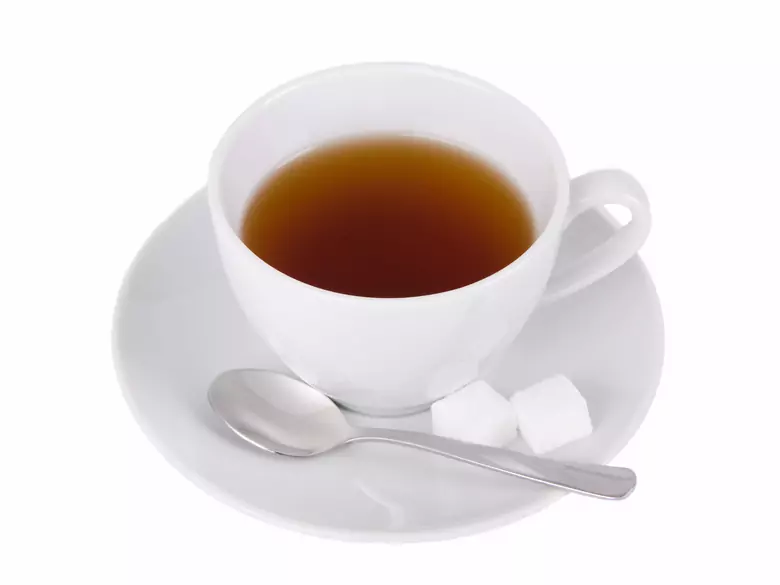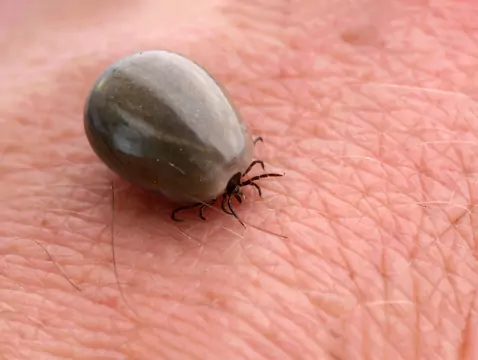Tea is an evergreen plant of several varieties of one species - Chinese tea (Camellia sinensis), formerly included in the genus Thea. It has leathery leaves, small white or pink fragrant flowers and small brown woody fruits.
As long as you, you drink to us,
As long as you, you drink to us, as long as you, you drink to us,
Tea, Tea, Tea
Cabaret of Old Men
What is tea really?
An infusion is made from leaves and leaf buds that have been properly processed after harvesting. Exactly where tea comes from is not known. There are many stories about its discovery. According to legend, about 3,000 years ago, Emperor Shen Nung, a scientist and herbalist, who for hygienic reasons only drank boiled water, was resting under a tea plant when a few tea leaves fell into a bowl of hot water. The drink he tasted seemed wonderfully nourishing and comforting. The emperor was delighted with the aroma and taste of the brew, named the miraculous bush 'cha' and gave it to the people.
At first, the leaf of the tea bush was called tcha, cha, tay and tee. From these, the name for tea was adopted in many languages of the world. The Polish name tea, which is a complete exception, is formed from two Latin words: herba thea - "tea herb". The largest producers of tea are China, India, Sri Lanka (Ceylon) and Indonesia. The best tea is made from the youngest leaves. It is then more aromatic.
A bit of history
Tea was first encountered in the first half of the 16th century by the Russians during their conquest of Siberia and diplomatic contacts with China. In Western Europe, the first information about tea dates back to the end of the 16th century. It was given by the Jesuit J.P. Maffei (1589) in his work History of India. After them, much more information about the harvesting, drying, preparation of the brew and its properties was given by the Polish missionary, traveller and naturalist Michał Boym, who distinguished between two types of tea: green and yellow. In Poland, the first known references to tea appear in a letter from King Jan II Casimir to his wife Ludwika Maria.
Until the 3rd century AD, the tea drink, treated as a medicine or a fortifier, was made from fresh leaves provided by wild tea bushes. Over time, farmers began to plant tea bushes in their plots and gradually a system of leaf drying and processing developed. All the types of tea known today were developed as a result of perfecting these treatments.









